Introduction to the nine boutique producing areas in Ethiopia the difference in flavor and taste of Yega Xidama coffee beans
Professional coffee knowledge exchange more coffee bean information please follow the coffee workshop (Wechat official account cafe_style)
For more boutique coffee beans, please add private Qianjie coffee on Wechat. WeChat account: qjcoffeex
Ethiopia has the most diversified coffee planting system in the world, including forest coffee, semi-forest coffee, pastoral coffee and plantation coffee. 90% of the coffee in Ethiopia comes from pastoral, forest and semi-forest, but large-scale entrepreneurial cultivation in Ethiopia is indeed very rare, perhaps in order to produce so many boutiques.
Forest coffee: refers to the wild coffee in the primeval forest, which is protected by the local government and picked by special personnel.
Semi-forest coffee: means that farmers regularly go to the forest to trim shade trees or coffee leaves to increase light transmittance and yield, even so, the annual yield is not high.
Pastoral coffee: refers to small farmers in their own pastoral mixed coffee and other economic crops, and most of them are planted under the elephant leg plantain, which forms its unique landscape. But this is the main mode of production in Ethiopia.
Planting Coffee: refers to the current state-owned enterprises, specializing in improving efficient mass production.

These four major planting systems are distributed in the following nine major producing areas of Ethiopia: Jinma, Sidamo, Yegashifi, Hara, Lim, Iruba, Gimbi (Lekanti), Tibby, and Bebeca. On the whole, the flavor of each producing area has its own characteristics, basically, the beans in West Tiebi, Bebeca, Irubabo and Tana Lake in the northwest are obviously larger, the game is heavier but the fruit acidity is lower. On the other hand, the Lim in the middle, Yejasuefei and Sidamo in the middle and south, with rich fruit flavor, flower and sour aroma, are relatively stable in quality. Hara in the east has both the game of the west and the fruit of the south-central part, but there is a big difference between the good and the bad.
The genes of Ethiopian ancient excellent varieties are very complex, coupled with the multiple treatments of sun exposure, water washing and semi-washing, so the flavor presented is complex and changeable. It may not be an exaggeration to call it the flavor of king.
Nine boutique producing areas in Ethiopia
Yejia Xuefei (boutique producing area): 1700-2400m above sea level | Pastoral Coffee system |
Yega Xuefei is affiliated to the Sidamo producing area, which is separated separately because of its unique flavor. In addition to the small town of Yega Xuefei, it also includes three by-product areas around Wenago, Kochere, Gelena and Abaya. Therefore, Yirgacheffe A, Wenago A, Kochere An and Gelena/AbayaA will be more expensive than B of the same name in the new Yega Sheffield rating system. In addition to washing and tanning, the recently launched semi-washed Yega Xuefei is also worth a try.
After testing and comparing the coffee cups in the front street, it is found that the coffee beans from Yega Xuefei usually show bright citrus acidity and a faint white flower fragrance. The aftertaste will have almond flavor and tea-like taste.

On behalf of coffee beans-Qianjie Coffee "Yega Xuefei Fruit Tintin Cooperative Coffee beans"
Producing area: Yega Xuefei Gedeo zone producing area
Altitude: 1900-2300m
Variety: Ethiopian native species
Treatment: washing treatment
Flavor: citrus, black tea, caramel, almonds, green tea
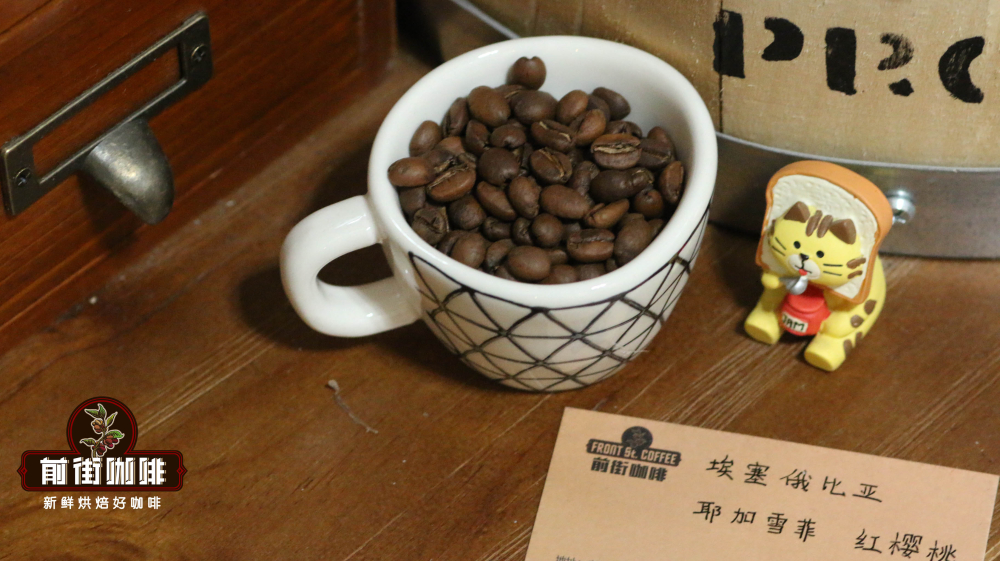
On behalf of coffee beans-Qianjie Coffee "Yega Xuefei Red Cherry Coffee beans"
Production area: Yega Sheffield Altland treatment Plant
Altitude: 2300m
Variety: Ethiopian native species
Treatment: sun treatment
Flavor: citrus, berries, fruit fermentation, honey, cream taste
Sidamo (boutique producing area): 1400-2200m above sea level | Pastoral Coffee system |
The flavor is similar to Yega Xuefei, exquisite washing or sun-drying Sidamo, the same fragrance of flowers and oranges, the price is as good as Yega Xuefei. The varieties in the two producing areas are similar, with medium-sized beans but also small seeds of dwarf plants, which farmers often sell separately. Common Kurmie, poor disease resistance; Wolisho; tall and strong; Deiga, medium tree shape, these three species are the main force of the boutique tanning series Beloya and Aretha.
Through the test and comparison of the coffee cups in the front street, it is found that compared with the coffee beans in the Yega Sheffield area, the coffee in the Sidamo area is fuller, with bright citrus acid, full taste of berry juice and very fruit juice.
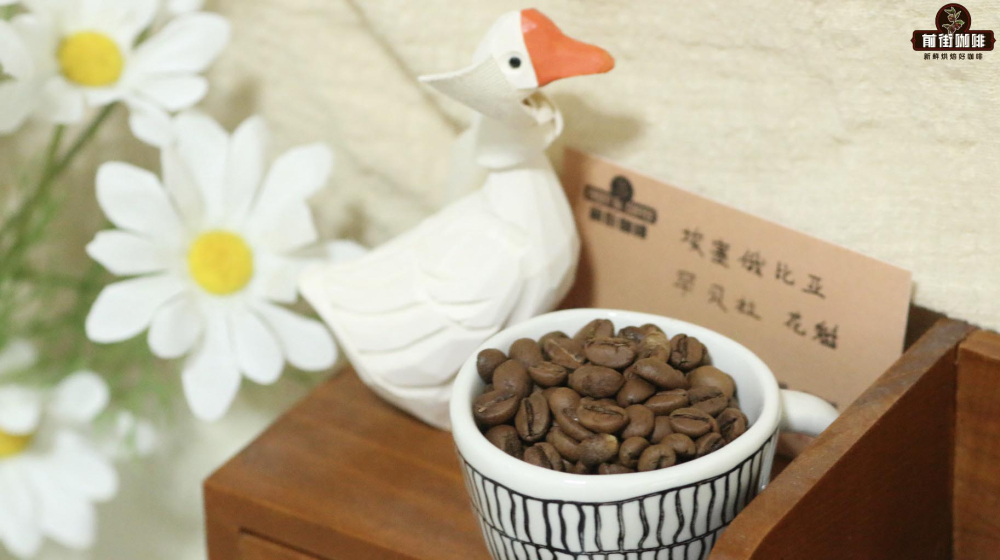
On behalf of coffee beans-Qianjie coffee "Sidamo Fakui coffee beans"
Producing area: Sidamohan Bella
Processing plant: Buku able processing plant
Altitude: 2250-2350m
Variety: Ethiopian native species
Treatment: sun treatment
Flavor: citrus, strawberry, passion fruit, fermented fragrance, black tea
Liam (boutique producing area): 1200m to 2000m above sea level | Coffee system in pastoral, forest, semi-forest and planting fields |
The output is relatively small, and it is mainly exported to Europe and the United States, but it is not easy to buy in Taiwan, but it is very popular in Europe and the United States. there are three treatment methods: washing, tanning and semi-washing. Liam's body will be significantly less viscous, and the floral and citrus flavors will be inferior to those of Yegashifi and Sidamo, but with a hint of grass and black sugar, and bright acidity.
Hara (boutique producing area): 1500-2400 m above sea level | Pastoral coffee system |
Hara exclusive sun, is an ancient city in the east, but the city does not grow coffee, the so-called Hara coffee refers to the coffee produced by Haraji high and low in the Great Hara area. As the annual rainfall is only 1000 mm, all of them are treated in the sun. Hala caffeine is famous for its special aroma, which is typical of the early morning flavor in ancient times. she is tied with Yegashifi [double star].
If Hara's defective beans can be picked out, it is easy to drink berry aromas with slightly pleasant fermented aromas. However, due to various factors, the quality of Hara coffee is unstable in recent years, and the grading system is not true, so you must test or try it when you buy it.

Jinma (bulk commercial bean producing area): 1350-1850 m above sea level | Forest / semi-forest system |
Jinma is the capital of Kafa Forest or Kafa province. The English spelling is very messy. Most of the maps are jimma, but the coffee sacks are spelled into Djimmah. This is the largest coffee producing area in Ethiopia, accounting for 1 per cent of exports.
Kafa Forest is famous for its primitive wild varieties. Jinma is the distribution center of Kafa in this area. Farmers are used to picking and transporting the forest to Jinma, and then mixing hundreds of varieties together to sell as commercial beans, resulting in the aroma of many delicious varieties being masked.
Water washing boutique Jinma, although there is no Yega Xuefei orange fragrance and flower rhyme, the taste spectrum is also quite clean, similar to the Central American boutique. Commercial-grade boutique Jinma is very common in Taiwan, and luckily you can buy high-quality and inexpensive Jinma, which can drink the fragrance of lemon peel, which is not inferior to that of Sidamo. Overall, Jinma has a better flavor than Brazil's bulk commercial bean Santos, making it a good medium-to-low-priced formula bean.
Yilu Babo (bulk commercial bean producing area): 1350-1850 m above sea level | Forest / semi-forest coffee system |
This area is located in the west of Ethiopia, bordering Sudan, and is the most convenient producing area in the west. the complexity of coffee gene is only second to that of Kafa forest, beans are obviously larger than those of Yegashifi and Sidamo, low acidity, good viscosity and balanced flavor. Most of the coffee here is transported to Jinma to be mixed, rarely sold independently.

Jinbi, Liechuti (bulk commercial bean producing area): 1500-1800m above sea level | Forest / semi-forest coffee system |
There are sun-washed and water-washed beans in this area, long-bodied beans similar to Hara, and a few boutique grades are quite popular in Europe and the United States. Most of the Hara, known as the poor, has a sour and fruity flavor due to Yilu Babo, with a bright flavor.
Tiebi, Bebeca (bulk commercial bean producing area): 500-1900m above sea level | Pastoral / forest / semi-forest coffee system |
The two producing areas are very close. Tiebi has an enterprise-managed coffee plantation in the north of Bebeca. In recent years, it has promoted the pastoral system and increased farmers' income, with an annual output of about 3000 tons. Both places have wild coffee, the yield is not high, the flavor is very different from Hara and Yega snow coffee, low acidity is the biggest feature, suitable for formula beans, sun and water washing.
Tana Lake (alternative production areas): 1840 meters above sea level | Forest system |
Monastery coffee, the annual output of the surrounding forest coffee is very small, less than 10 tons, in fact, can not be called the producing area, the lake area is full of Orthodox monasteries, churches, religious murals and myths, creating the most "divine" coffee in the world.
European monastic academics opened up a local coffee growing industry, which was later run by coffee communities or cooperatives in villages around the town. There are no special plantations here, and coffee trees are naturally scattered in the forest and countryside. During the harvest season, the Ethiopian Coffee Trading Company goes to town to buy coffee beans collected by farmers.
In addition to the small town of Yega Xuefei, it also includes three by-product areas such as Wenago, Kochere and Gelena/Abaya around it.
1. Planting system and environment the mountain stream village in the Yega Xuefei producing area is cool and foggy, like spring all the year round, with a gentle breeze in summer, cool but not hot, rain but not damp, and no cold damage in winter, which is the best environment for planting Arabica. There are no large coffee plantations. Coffee farmers mix coffee with other crops, usually under banana trees, to form a unique landscape.
2. The traditional way of solarization in Ethiopia is rough and smelly, which has been criticized by people. In 1959, the South American water washing method was introduced into the Yega Xuefei producing area. Most producing areas generally adopt the water washing treatment, that is, after the coffee fruit is peeled, the pectin layer is removed after fermentation and washing, and then dried.
Since 2006, some coffee processing plants in some producing areas have adopted the exquisite elevated shed sun drying method, which invests in high-intensity human labor, which isolates the coffee fruit from contact with the ground and prevents the miscellaneous smell of soil in the process of sunlight. create an unusually clean fruit flavor. After more than two weeks of sun exposure, dark brown coffee fruits are professionally stored, waiting for the whole flavor to ripen. Before sale, the sun-dried cherry pulp and sheepskin are removed, and then the unripe beans and over-fermented beans are removed. Strict control greatly improves the quality of sun-dried beans.
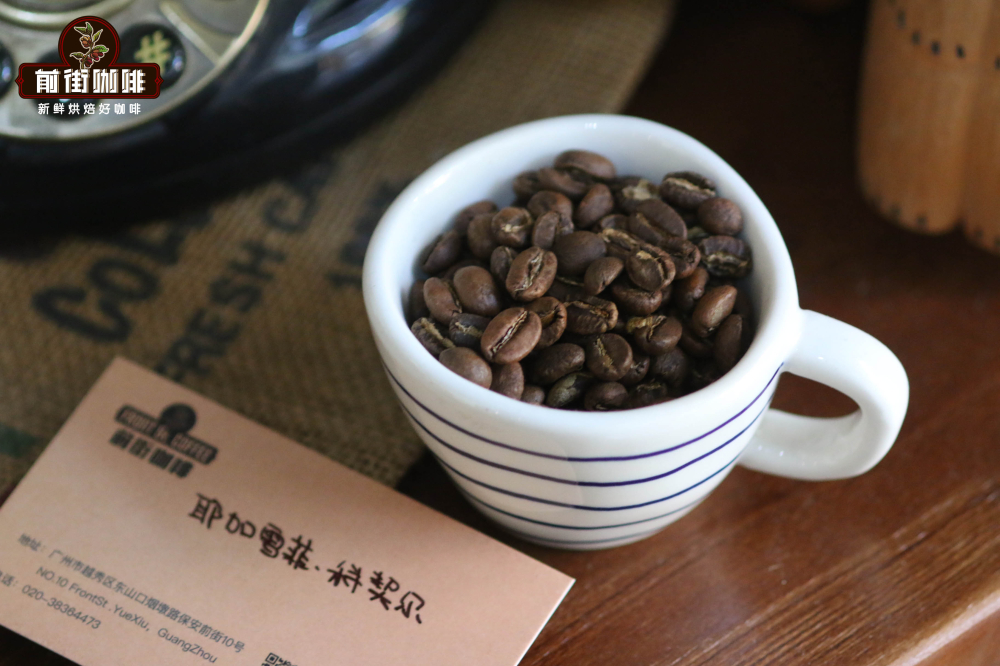
On behalf of coffee beans-Front Street Coffee "Yega Sheffield Coffee beans"
Producing area: Yega Sheffield Kochel Cooperative
Altitude: 1650-1800m
Variety: Ethiopian native species
Treatment: washing treatment
Flavor: lemon, flower, honey, oolong
Important Notice :
前街咖啡 FrontStreet Coffee has moved to new addredd:
FrontStreet Coffee Address: 315,Donghua East Road,GuangZhou
Tel:020 38364473
- Prev
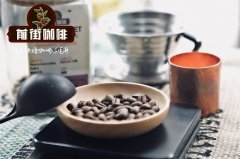
Blue Moon Organic Bourbon, Bali, Indonesia, S795 and USDA 762 Typica MagneCatimo
Bali Blue Moon Organic Bourbon (S795 and USDA 762) Typica,Catimor Bali Blue Moon Organic Company comes from a family farmer in the Kintamani Heights, Bali Island, Indonesia
- Next
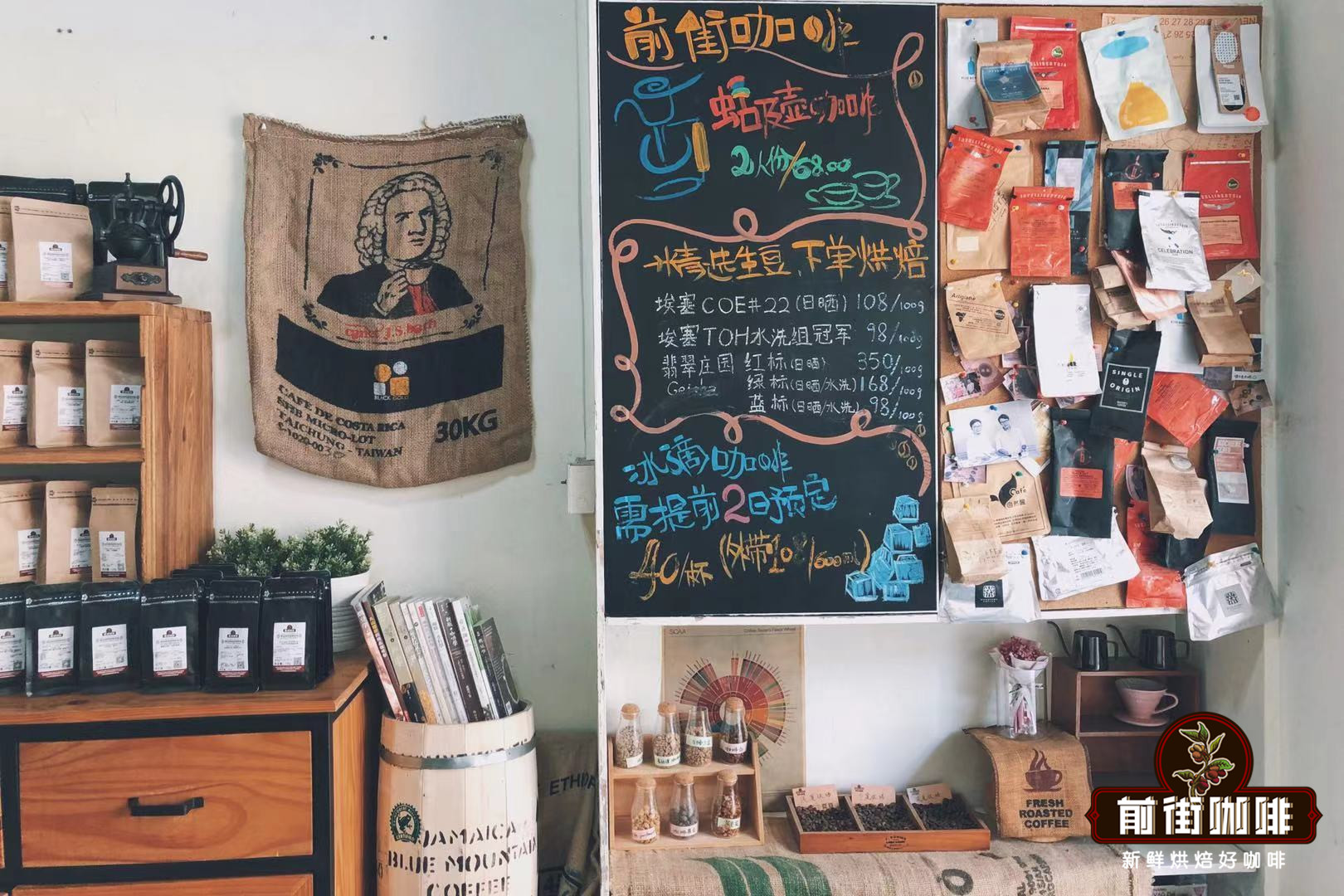
Costa Rican musician series boutique coffee beans Beethoven coffee beans how to brew better drink
Name: Costa Rica Canet Musician Beethoven 1900M WashedFlavor Description: Sweet and colorful fruits, strawberries, apples, lemons, grapes, citrus taste variety show, honey and toffee taste unforgettable. Silky creamy, delicate and mellow, such as top Indian
Related
- Does Rose Summer choose Blue, Green or Red? Detailed explanation of Rose Summer Coffee plots and Classification in Panamanian Jade Manor
- What is the difference between the origin, producing area, processing plant, cooperative and manor of coffee beans?
- How fine does the espresso powder fit? how to grind the espresso?
- Sca coffee roasting degree color card coffee roasting degree 8 roasting color values what do you mean?
- The practice of lattes: how to make lattes at home
- Introduction to Indonesian Fine Coffee beans-- Java Coffee producing area of Indonesian Arabica Coffee
- How much will the flavor of light and medium roasted rose summer be expressed? What baking level is rose summer suitable for?
- Introduction to the characteristics of washing, sun-drying or wet-planing coffee commonly used in Mantenin, Indonesia
- Price characteristics of Arabica Coffee Bean Starbucks introduction to Manning Coffee Bean Taste producing area Variety Manor
- What is the authentic Yega flavor? What are the flavor characteristics of the really excellent Yejasuffi coffee beans?

